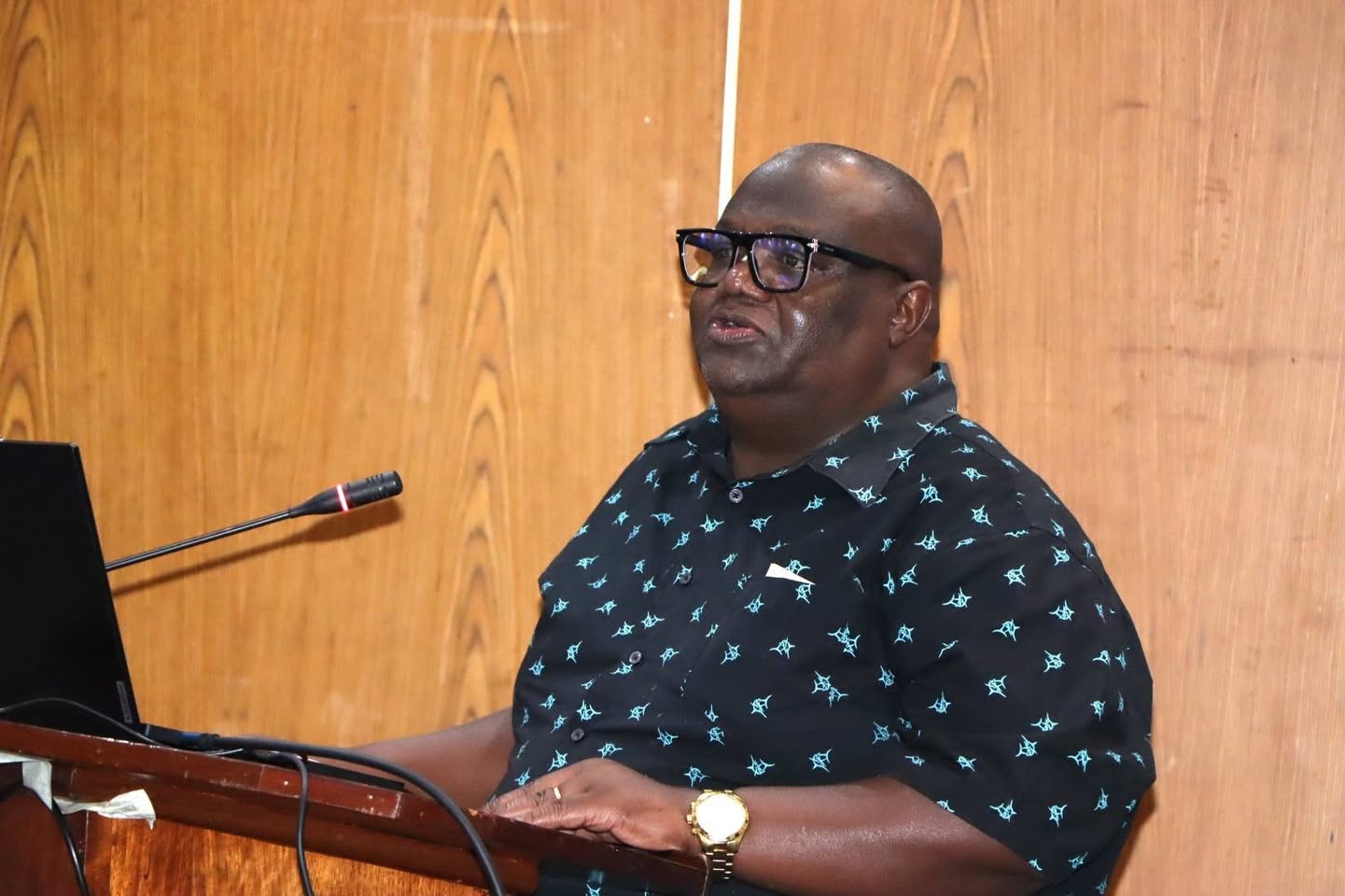

Wildlife Research and Training Institute Director Dr Patrick Omondi, during the opening of the Western Indian Ocean Region Pre-CITES CoP20 Workshop on Sharks and Rays at Sarova Whitesands in Mombasa.
For decades, the Western Indian Ocean has been a global hotspot for sharks and rays, thanks to its rich and diverse marine ecosystems.
From mangroves and
coral reefs to estuaries, salt marshes and the deep sea, this region supports
a wide range of marine life, including chondrichthyans—sharks, rays, skates and chimaeras.
However, mounting threats such as overfishing, habitat degradation, pollution, unregulated trade and climate change are now pushing many of these species towards extinction.
Nearly 40 per cent of shark and ray species are currently listed as threatened under the IUCN Red List.
In response, regional experts, government officials and conservationists are meeting in Mombasa to reverse the decline.
The Western
Indian Ocean Region Pre-CITES CoP20 Workshop on Sharks and Rays at Sarova Whitesands Hotel, was officially opened on Wednesday by Patrick
Omondi, director of the Wildlife Research and Training Institute, on behalf of
Principal Secretary for Wildlife, Silvia Museiya.
“This regional engagement is crucial in shaping strong, unified positions ahead of the Cites Conference of the Parties (CoP20) scheduled for November in Samarkand, Uzbekistan,” he said.
Technical experts and government representatives from the Western Indian Ocean will discuss conservation and sustainable use strategies for sharks and rays.
Omondi praised the Wildlife Conservation Society and the State Departments for Wildlife and Blue Economy and Fisheries for supporting and organising the workshop.
Kenya, a signatory to the Convention on International Trade in Endangered
Species of Wild Fauna and Flora (Cites) since 1979, has
submitted two working documents for CoP20—one on the disposal of confiscated
specimens and another on ivory stockpiles. Of the 51 proposals submitted
globally for the upcoming CoP, seven focus on sharks and rays, underlining the
urgent need for action.
The workshop provided a vital platform for sharing scientific data, showcasing species identification tools and building regional technical capacity.
It highlighted the role of accurate data collection and non-detriment findings in guiding Cites decisions, as well as the importance of aligning national positions to support effective international policies.
A 2022 status report prepared by the Wildlife Conservation Society for the Nairobi Convention revealed that of the 224 chondrichthyan species found in the Western Indian Ocean, 89—nearly 40 per cent—are now threatened.
These include 13 critically endangered, 32 endangered and 44 vulnerable species. The report also notes that 56 of these species inhabit areas beyond national jurisdiction, emphasising the importance of regional collaboration.
Omondi called for stronger partnerships through frameworks like the Nairobi Convention, Western Indian Ocean Marine Science Association, Indian Ocean Tuna Commission and other Multilateral Environmental Agreements.
He also stressed the need for inclusive conservation strategies that involve Indigenous Peoples, Local Communities and coastal populations that depend heavily on marine resources.
Sharks and rays play vital ecological roles as apex predators and mesopredators, helping maintain marine biodiversity and balance. However, their biological characteristics—slow growth, late maturity and low reproductive rates—make them highly vulnerable to over-exploitation.
In the Western Indian Ocean, fisheries—including small-scale, artisanal, commercial, industrial and illegal operations—are a lifeline for millions, providing food security, livelihoods and national revenue. However, poorly managed or illegal fishing continues to threaten fragile marine ecosystems.
The Mombasa workshop is expected to yield a regional action plan and technical roadmap
for shark and ray conservation, setting the stage for stronger representation
at Cites CoP20 and beyond.












